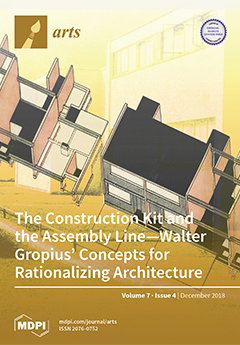1
Department of Culture, Government of Andalusia, 41071 Seville, Spain
2
Administrative Law, Faculty of Political and Social Science, Complutense University of Madrid, 28040 Madrid, Spain
3
Área de Geodinámica Interna, Facultad de Educación, Universidad de Burgos, 09001 Burgos, Spain
4
Centro Nacional de Investigación en Evolución Humana (CENIEH), 09002 Burgos, Spain
5
Historical Heritage Brigade (Group II), Central Specialized and Violent Crime Unit, General Commissariat of Judiciary Police, 28071 Madrid, Spain
6
Provincial Prosecutor’s Office of Seville, 41018 Seville, Spain
7
Department of Prehistory, Ancient History, and Archaeology, Faculty of Geography and History, Complutense University of Madrid, 28040 Madrid, Spain
8
Royal Estate of Aranjuez, National Heritage, 28300 Madrid, Spain
Abstract
For most of its history, archaeology has too often taken an indulgent attitude toward looting and antiquities trafficking. The primary response to these dangers has been to publish the main findings made outside of academia. As a result of this approach and the
[...] Read more.
For most of its history, archaeology has too often taken an indulgent attitude toward looting and antiquities trafficking. The primary response to these dangers has been to publish the main findings made outside of academia. As a result of this approach and the prominent role played by police techniques in investigating such crimes, investigations are primarily based on documentary research. This approach makes it harder to determine such essential factors in this field as an object’s collecting history or discovery date. This paper proposes new ways of studying collecting history, drawing on research projects on the use of archaeometry to shed light on cases of looting or trafficking involving police, court, or government intervention; hence, its qualification as “forensic”. Although the current state of knowledge does not enable the presentation of novel research, we believe that researchers and interested institutions should be made aware of the advisability of using archaeometry more directly in the fight against these scourges.
Full article




